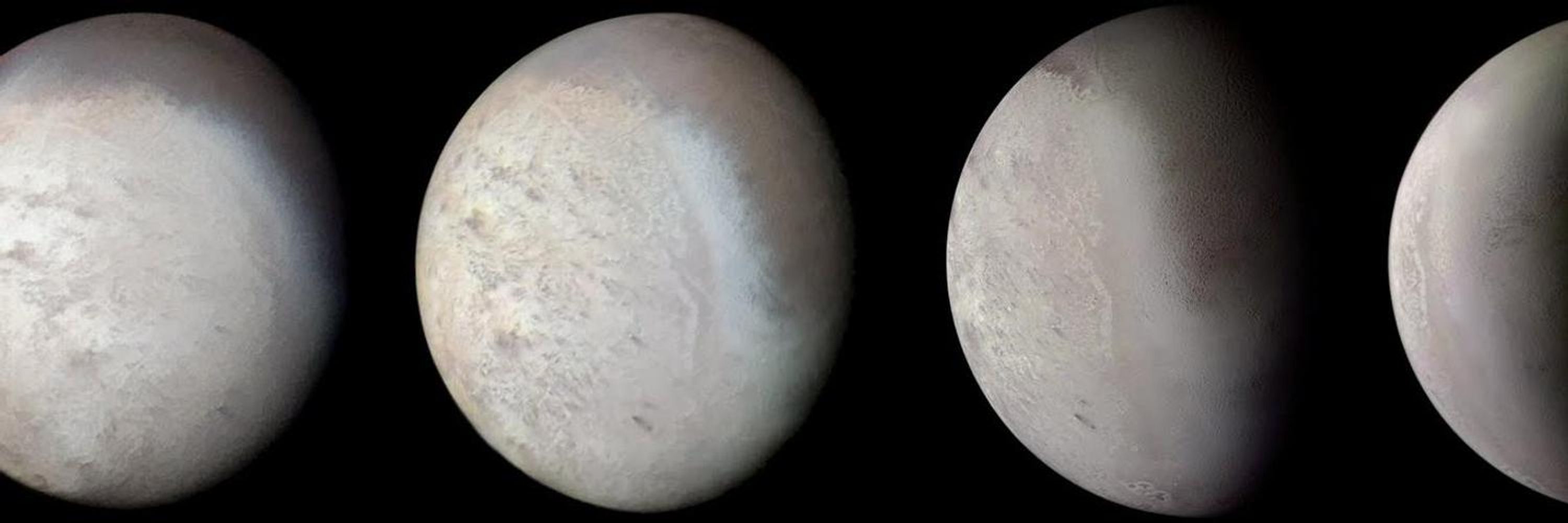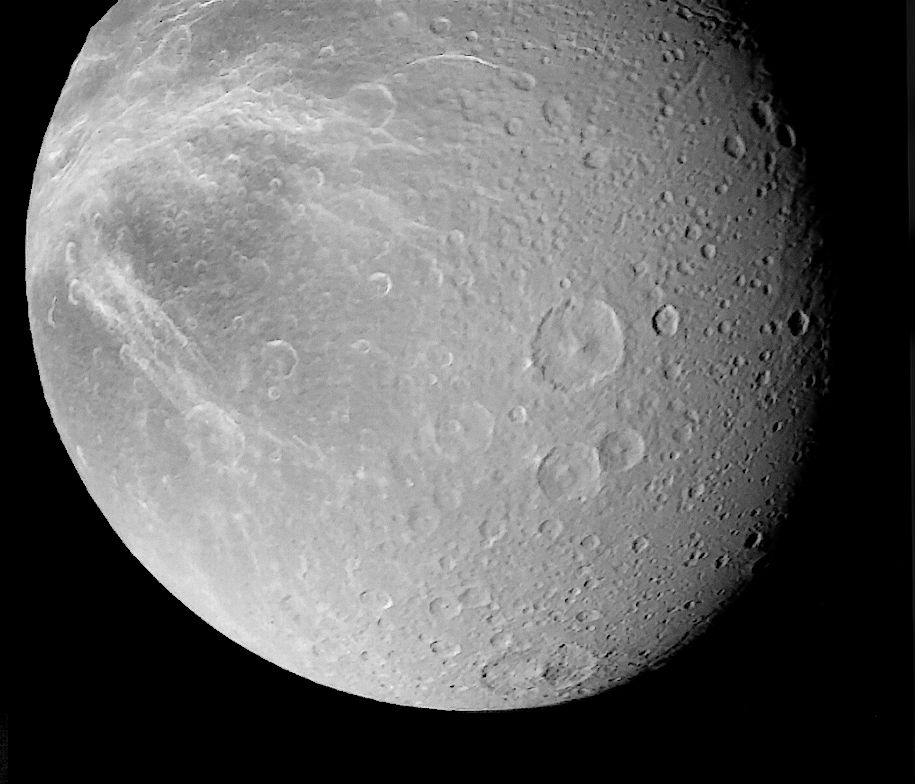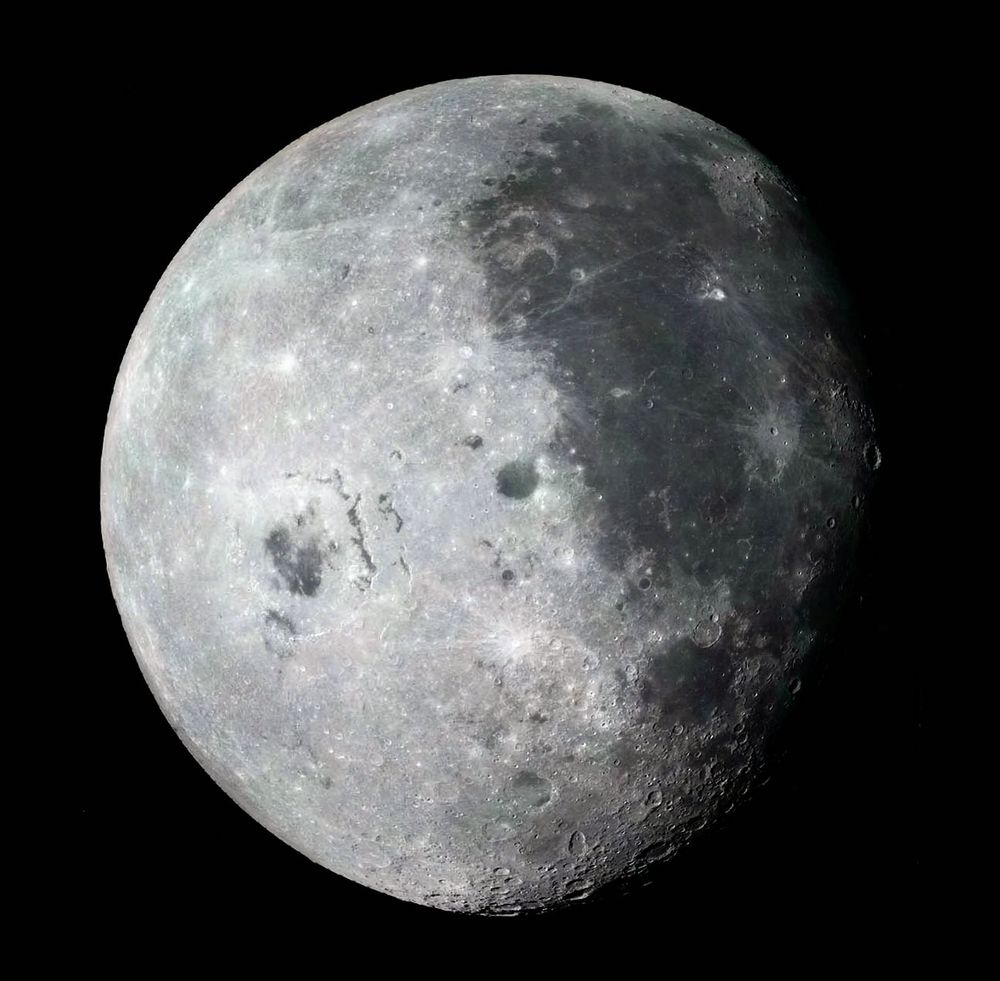Ted Stryk
@tedstryk.bsky.social
2.4K followers
150 following
560 posts
Interplanetary Dumpster Diver. Asteroid (230728) Tedstryk
Images I post are Copyright Ted Stryk (processed or taken by me) unless otherwise noted. Professor at Roane State CC in Oak Ridge, TN
Posts
Media
Videos
Starter Packs
Reposted by Ted Stryk
Reposted by Ted Stryk
Reposted by Ted Stryk

























